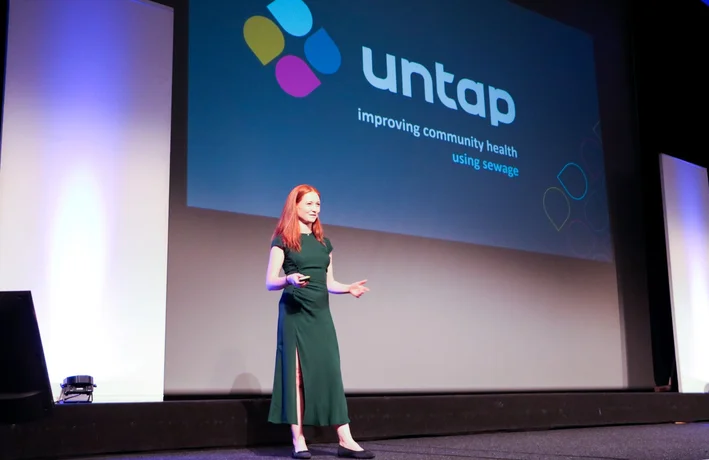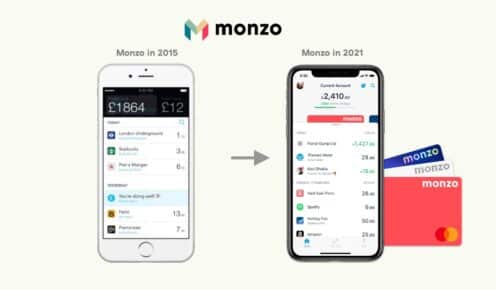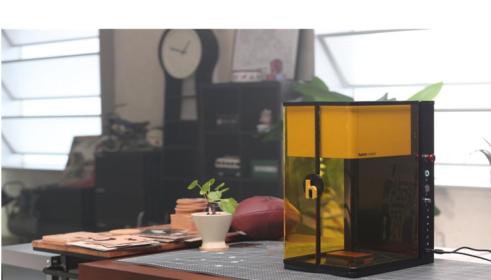In a world where pandemics and infectious diseases continue to challenge public health systems, early detection has become more than a luxury — it is a necessity. Untap, a groundbreaking health-monitoring device, is redefining how communities, institutions, and organizations track and control infectious threats. By using wastewater intelligence, Untap provides early, anonymous, and accurate warnings of potential outbreaks before symptoms even surface. This proactive approach empowers decision-makers to act swiftly, reducing transmission and safeguarding public health.
Key Product Offerings
Untap delivers a combination of advanced hardware and intelligent analytics designed for real-time community health monitoring. Its offerings include:
- Automated Wastewater Sampling and Testing
Untap installs devices directly into wastewater infrastructure, enabling 24/7 sampling without manual intervention. The system identifies pathogens like COVID-19, influenza, RSV, norovirus, and antimicrobial resistance markers. - Anonymous, Non-Invasive Surveillance
Unlike individual testing, Untap’s method is completely anonymous, eliminating privacy concerns while still capturing data at a population level. - Plug-and-Play Integration
The devices are compatible with existing wastewater infrastructure, allowing for fast deployment in diverse environments such as universities, hospitals, care homes, and airports. - Real-Time Data Dashboard
Users receive live reports via a secure dashboard, enabling targeted interventions like cleaning protocols, health awareness campaigns, and infection control measures. - Scalable Deployment
From single-site pilots to city-wide rollouts, Untap’s technology adapts to both small organizations and large-scale municipal health initiatives.
Business Model
Untap follows a B2B health-tech business model targeting organizations that benefit from early outbreak detection. Its client base spans:
- Healthcare and Elderly Care Facilities: Protecting vulnerable populations.
- Education Institutions: Universities and schools aiming to reduce disease spread.
- Corporate Offices and Public Spaces: Ensuring workplace safety.
- Agricultural and Food Industries: Monitoring pathogens in supply chains.
- Transportation Hubs: Airports, seaports, and cruise ships where rapid spread is possible.
Core elements of the business model:
- Leasing or selling devices to clients.
- Offering ongoing subscription services for analytics, reporting, and support.
- Consulting on outbreak management and intervention strategies.
- Collaborating with governments and public health organizations for city-wide monitoring.
Revenue Model
Untap’s revenue streams are diversified to ensure financial sustainability and scalability:
- Device Deployment Fees – Charged for installation and integration of monitoring units.
- Subscription Plans – Recurring revenue from access to real-time analytics and health reports.
- Pilot-to-Full Rollout Contracts – Paid projects that expand from trial runs to permanent setups.
- Partnerships and Grants – Financial support from innovation funds, public health programs, and technology competitions.
- Data Insights Services – Providing aggregated and anonymized health data to research institutions and policymakers.
Case Study: Cambridge University
At Cambridge University’s West Hub, Untap deployed its wastewater monitoring devices to track COVID-19, RSV, influenza, and norovirus.
Results:
- Pathogens were detected up to 10 days before the first symptomatic cases emerged.
- University staff implemented enhanced cleaning schedules, improved ventilation, and launched targeted health awareness campaigns.
- The early intervention drastically reduced the scale of potential outbreaks, ensuring minimal disruption to campus activities.
This case not only demonstrated Untap’s technical capabilities but also its value in enabling timely, targeted responses to infectious threats.
SWOT Analysis
Strengths
- Early detection capability, giving clients a crucial time advantage.
- Non-invasive, privacy-friendly monitoring method.
- Rapid deployment with minimal infrastructure changes.
- Backed by awards and funding from respected organizations.
Weaknesses
- Limited public awareness of wastewater surveillance as a viable health tool.
- Capital-intensive hardware production and maintenance.
- Potential misconceptions about privacy, requiring education campaigns.
Opportunities
- Expansion into detecting antimicrobial resistance and other public health threats.
- Partnerships with global health agencies for large-scale adoption.
- Applications in under-resourced regions where traditional testing is limited.
- Integration with AI for predictive outbreak modeling.
Threats
- Emerging competitors in health monitoring and diagnostics.
- Regulatory hurdles and differing privacy laws across regions.
- Challenges in adapting to varying wastewater systems globally.
Conclusion
Untap’s technology represents a paradigm shift in public health monitoring. By detecting diseases before they spread widely, it empowers communities to act quickly, prevent outbreaks, and save lives. With a proven track record in real-world deployments, a scalable business model, and a growing list of partners, Untap is poised to become a cornerstone of global health infrastructure.












